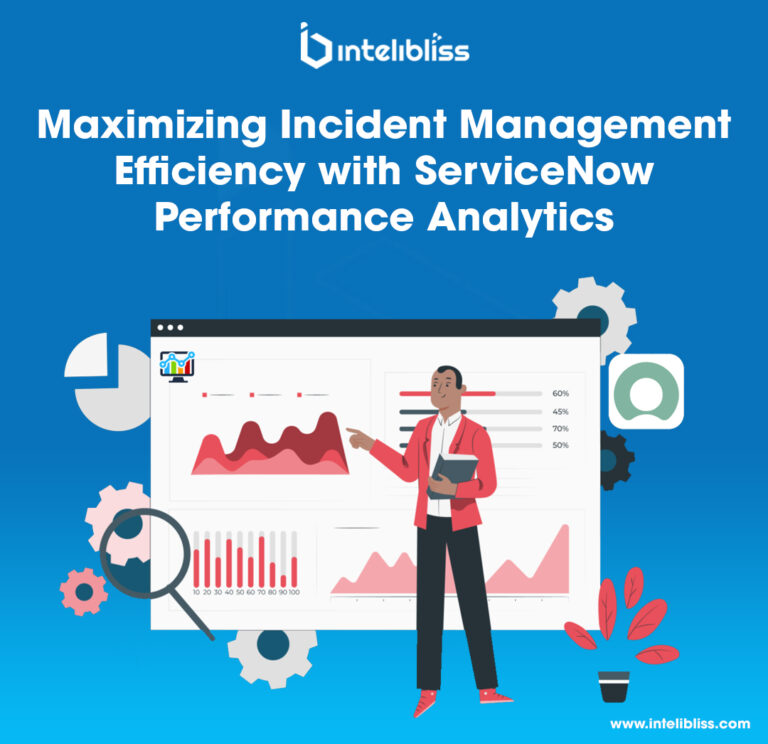Maximizing Incident Management Efficiency with ServiceNow Performance Analytics

In today’s fast-paced business environment, efficient incident management is crucial for maintaining productivity and ensuring smooth operations. ServiceNow offers a robust suite of tools, including Performance Analytics, to streamline incident resolution processes and enhance overall efficiency. In this blog post, we’ll explore how you can leverage ServiceNow’s Performance Analytics to optimize your incident management workflows.
Understanding Performance Analytics
Performance Analytics is a powerful feature within ServiceNow that provides actionable insights into various aspects of your organization’s performance. From tracking key metrics to identifying areas for improvement, Performance Analytics empowers users to make data-driven decisions that drive efficiency and effectiveness.
Integration with Incident Management
One of the key areas where Performance Analytics can make a significant impact is in incident management. By seamlessly integrating Performance Analytics with your incident management processes, you can gain valuable insights into assignment group dynamics, track incident assignments, and identify trends over time.
Step-by-Step Guide
Accessing Performance Analytics: Start by logging in to ServiceNow using a user account with the pa_admin role.
Creating Scripts for Previous Assignment Group: Navigate to the Scripts section within Automation under Performance Analytics. Create a script to retrieve the sys_id of the previous assignment group for the current Incident.
Configuring Automated Breakdowns: Head to Automated Breakdowns under Breakdowns within Performance Analytics. Set up a breakdown specifically for use with the Assignment Group metric, allowing you to identify the previous assignment group for each Incident.
Setting Up Indicator Sources: Access Indicator Sources within Sources under Performance Analytics. Define an indicator source to track incident assignments based on specified conditions.
Creating Automated Indicators: Navigate to Automated Indicators within Indicators under Performance Analytics. Create indicators to track daily incident assignments, configuring the source, aggregation, and access control settings as needed.
Setting Up Formula-Based Indicators: Create formula indicators to quantify and analyze incident reassignments. Define formulas to calculate the number and percentage of incidents reassigned to specific groups, such as the Service Desk.
Formulae : ( [[# Incident Reassignments]] / {{# Incident Assignments}} ) * 100
Managing Elements Filters: Streamline group selection by setting up filters within Performance Analytics to exclude specific groups, such as ‘Unassigned.’
Setting Up Data Collection Jobs: Configure regular and ad-hoc jobs within Performance Analytics to collect both Daily and historical data for the indicators.
Visualizing Data with Widgets: Create widgets based on the indicators within Performance Analytics, embedding them on dashboards for easy visualization of incident assignment trends.


Below is the selection of group where I am one of the members,

Conclusion
By leveraging ServiceNow’s Performance Analytics for incident management, organizations can gain valuable insights, optimize workflows, and enhance overall efficiency. Whether it’s tracking incident assignments, analyzing trends, or identifying areas for improvement, Performance Analytics provides the tools and capabilities needed to drive continuous improvement and ensure the smooth operation of critical business processes.
Incorporate Performance Analytics into your incident management workflows today and unlock the full potential of your ServiceNow platform.
By – Rajashekhar
